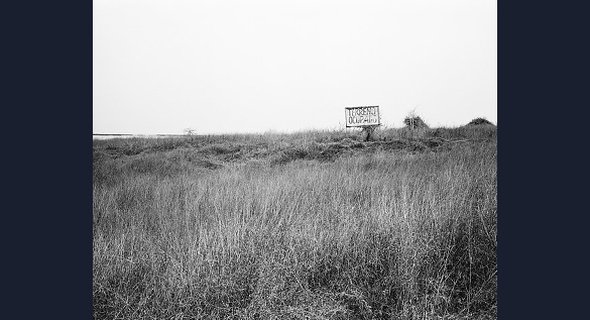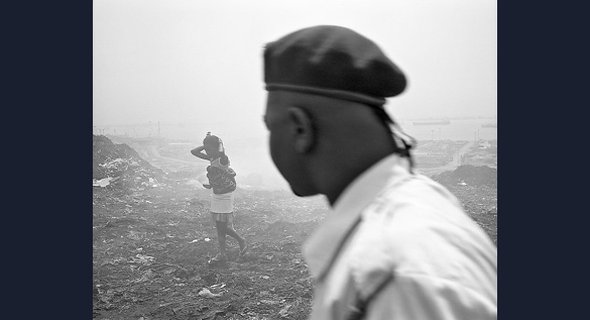Photographs of Angola and South Africa by Carnegie Corporation grantee Jo Ractliffe at the Metropolitan Museum of Art in NYC
South African photographer Jo Ractliffe is a Senior Lecturer in Fine Arts in the School of Arts, University of the Witwatersrand, Johannesburg. Throughout her career she has directed her camera toward landscapes to address themes of displacement, conflict, history, memory, and erasure. An exhibit at New York City’s Metropolitan Museum of Art features a selection of works from Ractliffe’s haunting series on the war in Angola, As Terras do Fim do Mundo (The Lands of the End of the World), which was supported by Carnegie Corporation. While working on this series, Ractliffe traveled alongside ex-soldiers returning to the desolate places in the Angolan countryside where they had fought.
Ractliffe, whose work has been described as pushing new creative boundaries, is one of scores of black and female academics at Witswatersrand (Wits) who received grants from Carnegie Corporation to pursue their research interests. She was awarded $30,000 as part of an equity and transformation grant aimed at changing the University’s culture so that all scholars and all perspectives would be embraced.
The exhibit also includes works from Ractliffe’s earlier series, Terreno Ocupado, produced during her first visit to Angola's capital, Luanda, five years after the end of the Civil War, and a later series, The Borderlands, which examines the impact of the wars in Angola within South Africa's borders. The photographs in all three series were originally produced as either gelatin silver prints or archival pigment prints on cotton paper; the inkjet prints on display at the Met were made by the artist especially for the exhibition.
The Aftermath of Conflict: Jo Ractliffe's Photographs of Angola and South Africa continues at the Metropolitan Museum of Art until March 6, 2016.









